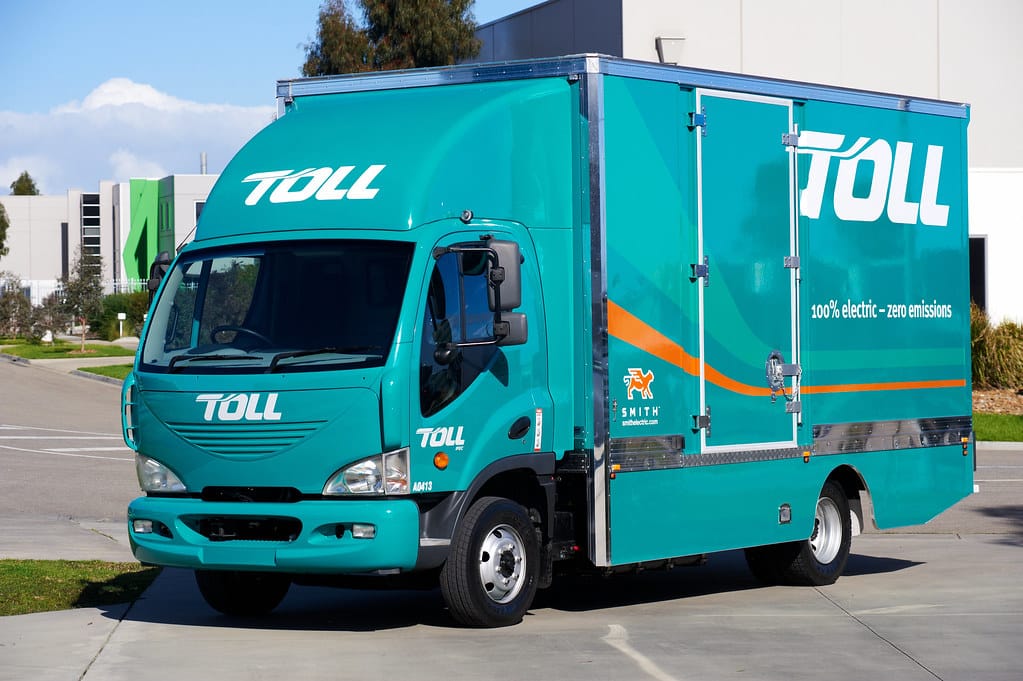Electric Vehicle Cargo Ship Erupts in Flames and Sinks in Pacific, Raising Critical Questions About Maritime EV Transport
The automotive industry's electric revolution hit a devastating snag in the Pacific Ocean this week when a cargo vessel carrying thousands of electric vehicles caught fire and subsequently sank, marking one of the most significant maritime disasters in the EV supply chain to date. The incident has sent shockwaves through both the shipping and automotive industries, raising urgent questions about the safety protocols for transporting lithium-ion batteries across international waters.
The Disaster Unfolds
The cargo ship, identified as the Fremantle Highway, was en route from Germany to Singapore when crew members reported smoke and flames erupting from the vehicle deck approximately 1,200 nautical miles southwest of Hawaii. The vessel was carrying an estimated 3,783 vehicles, with nearly 500 confirmed to be electric vehicles equipped with high-capacity lithium-ion battery systems.
Maritime rescue services coordinated a dramatic evacuation of the 23-member crew, with several crew members suffering smoke inhalation and minor injuries during the emergency response. Despite heroic firefighting efforts lasting over 72 hours, the blaze proved impossible to contain, ultimately leading to the vessel's complete loss as it broke apart and sank in waters over 3,000 feet deep.
The Lithium-Ion Battery Challenge
Industry experts have long warned about the unique fire risks posed by lithium-ion batteries in maritime transport. Unlike conventional vehicle fires, battery fires burn at extreme temperatures—often exceeding 2,500°F—and can reignite even after appearing extinguished, a phenomenon known as "thermal runaway."
"Lithium-ion battery fires present extraordinary challenges in a marine environment," explains Dr. Sarah Chen, a maritime safety researcher at the International Maritime Organization. "Traditional shipboard firefighting systems, designed for conventional cargo, are often inadequate against the intense heat and toxic gases produced by burning battery cells."
The shipping industry transports an estimated 2.5 million vehicles annually across major trade routes, with EVs representing a rapidly growing percentage of this cargo. As global EV sales surged 55% in 2022 alone, maritime carriers have struggled to adapt their safety protocols and vessel designs to accommodate this fundamental shift in cargo composition.
Environmental and Economic Implications
The environmental impact of the disaster extends far beyond the immediate loss of vehicles. Each electric vehicle contains approximately 1,000 pounds of lithium-ion batteries, along with rare earth metals including cobalt, nickel, and lithium. The sinking has released an estimated 250 tons of battery materials into the Pacific ecosystem, creating potential long-term contamination concerns.
From an economic perspective, the loss represents over $400 million in vehicle inventory, not including the vessel itself or potential insurance claims. Major automakers have already announced delays in vehicle deliveries to Southeast Asian markets, with some customers facing wait times extending into 2024.
Industry Response and Safety Reforms
The disaster has prompted immediate action from maritime regulators and shipping companies worldwide. The International Maritime Organization announced plans to convene an emergency session to review current regulations governing the transport of lithium-ion batteries, which many experts consider outdated for the current scale of EV shipping.
Several major shipping lines have voluntarily suspended EV cargo operations pending comprehensive safety reviews. Wallenius Wilhelmsen, one of the world's largest vehicle carriers, announced a $200 million investment in specialized fire suppression systems designed specifically for battery fires, including inert gas flooding systems and temperature monitoring technology.
"This tragic incident serves as a wake-up call for our entire industry," stated Marcus Kleiner, CEO of European Car Carriers Association. "We must rapidly evolve our safety standards to match the technological evolution of the vehicles we transport."
Looking Forward: Safer Seas for Electric Futures
While this disaster represents a significant setback for the EV supply chain, it also presents an opportunity for the maritime industry to develop more robust safety standards. Proposed solutions include dedicated EV cargo vessels with enhanced fire suppression systems, improved battery packaging standards for maritime transport, and real-time monitoring systems capable of detecting thermal runaway before fires develop.
The transition to electric vehicles remains critical for global climate goals, but this incident underscores that the entire supply chain—from manufacturing to delivery—must evolve to safely support this transformation. As investigations continue, the lessons learned from this Pacific tragedy will likely reshape maritime safety standards for decades to come, ensuring that the electric revolution can continue safely across the world's oceans.
